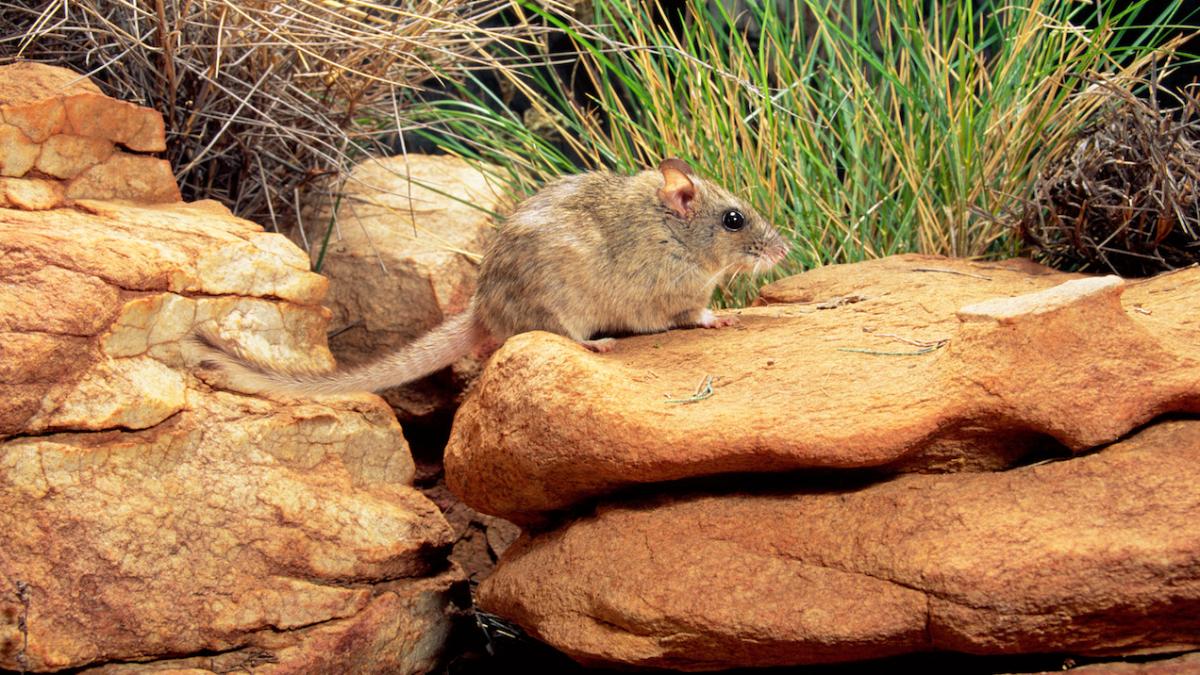
Yeah g’day, are you ready for some extremely depressing news? Well, I’m gonna tell you anyway: 17 unique Australian birds and mammals will likely become extinct within the next 20 years if we don’t get our shit together and improve the protection of threatened species.
Australia’s Threatened Species Recovery Hub researchers have even figured out the exact risk to each of the species and it’s grim as fuck, folks. Not a great look for a country which already has a world-leading extinction rate. Since colonisation, Australia has lost at least 30 mammals and 29 birds.
In terms of the birds, the King Island brown thornbill is most at risk, with a horrific 94 per cent chance of disappearing entirely if nothing further is done to protect it. The orange-bellied parrot (87%), King Island scrubtit (83%), western ground parrot (75%), and Houtman Abrolhos painted button-quail (71%) round out the top 5.
For mammals, the central rock-rat is most at risk, with a 65 per cent chance of total extinction within 20 years, followed by the northern hopping-mouse (48%), carpentarian rock-rat (44%), Christmas Island flying-fox (41%), and black-footed tree-rat (39%).
Deputy director of the Threatened Species Recovery Hub at the National Environmental Science Program, Professor John Woinarski, says these animals need all the support they can get.
“The fate of these species depends upon support from governments and communities, and public interest, awareness and involvement,” he said.
The researchers combined two existing measures of extinction with intensive interviews conducted with 30 experts to calculate the risk for a total of 40 species – 20 birds and 20 mammals. Of that total 40, they predict that 17 were “likely” to disappear completely.
Speaking with the ABC, Energy and Environment Minister Josh Frydenberg said the Government was committed to protecting these threatened species, appointing a Threatened Species Commissioner as well as launching the Threatened Species Strategy.
“There is a big task ahead, but the Government is working with the community, scientists, land managers and state and territory governments to ensure that we are all working together in the fight against extinction,” he said.
You can check out the entire depressing list below.
| Ranking | Bird | Percentage chance of extinction within 20 years | Mammal | Percentage chance of extinction within 20 years |
|---|---|---|---|---|
| 1 | King Island brown thornbill | 94 | Central rock-rat | 65 |
| 2 | Orange-bellied parrot | 87 | Northern hopping-mouse | 48 |
| 3 | King Island scrubtit | 83 | Carpentarian rock-rat | 44 |
| 4 | Western ground parrot | 75 | Christmas Island flying-fox | 41 |
| 5 | Houtman Abrolhos painted button-quail | 71 | Black-footed tree-rat
(Kimberley and mainland NT) |
39 |
| 6 | Plains-wanderer | 64 | Gilbert’s potoroo | 36 |
| 7 | Regent Honeyeater | 57 | Leadbeater’s possum | 29 |
| 8 | Grey-range thick-billed grasswren | 53 | Nabarlek (Top End) | 29 |
| 9 | Herald petrel | 52 | Brush-tailed phascogale (Kimberley) | 25 |
| 10 | Black-eared miner | 47 | Brush-tailed rabbit-rat
(Kimberley, Top End) |
25 |
| 11 | Northern eastern bristlebird | 39 | Western ringtail possum | 25 |
| 12 | Mallee emu-wren | 34 | Northern brush-tailed phascogale | 23 |
| 13 | Swift parrot | 31 | Mountain pygmy-possum | 22 |
| 14 | Norfolk island boobook | 27 | Kangaroo Island dunnart | 22 |
| 15 | Mount Lofty Ranges chestnut-rumped | 24 | Brush-tailed rabbit-rat (Tiwi Islands) | 21 |
| 16 | Fleurieu Peninsula southern emu-wren | 17 | Silver-headed antechinus | 20 |
| 17 | Helmeted honeyeater | 17 | Southern bent-winged bat | 18 |
| 18 | Cocos buff-banded rail | 17 | Black-tailed antechinus | 17 |
| 19 | Western bristlebird | 16 | Northern bettong | 14 |
| 20 | Alligator Rivers yellow chat | 15 | Tasman Peninsula dusky antechinus | 14 |



